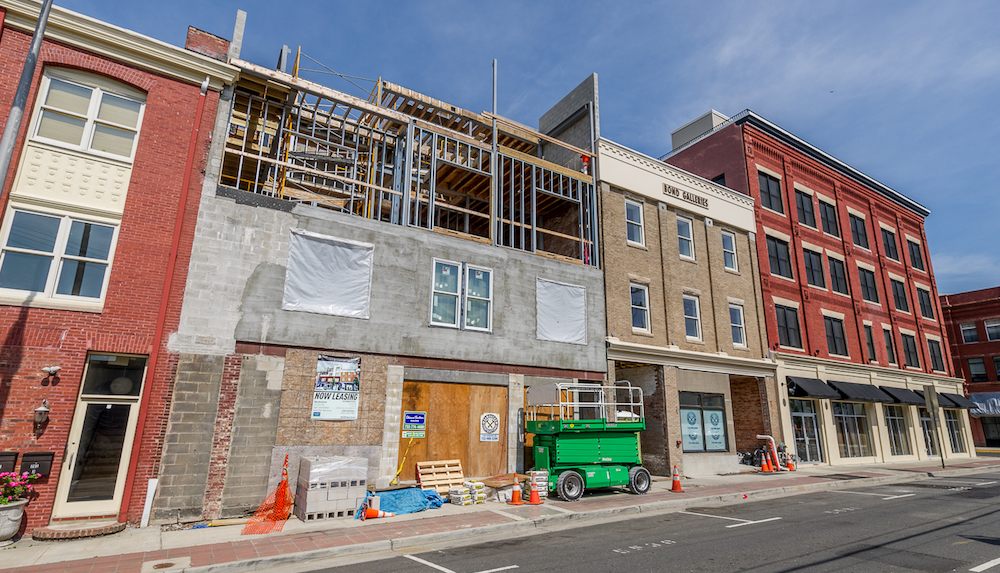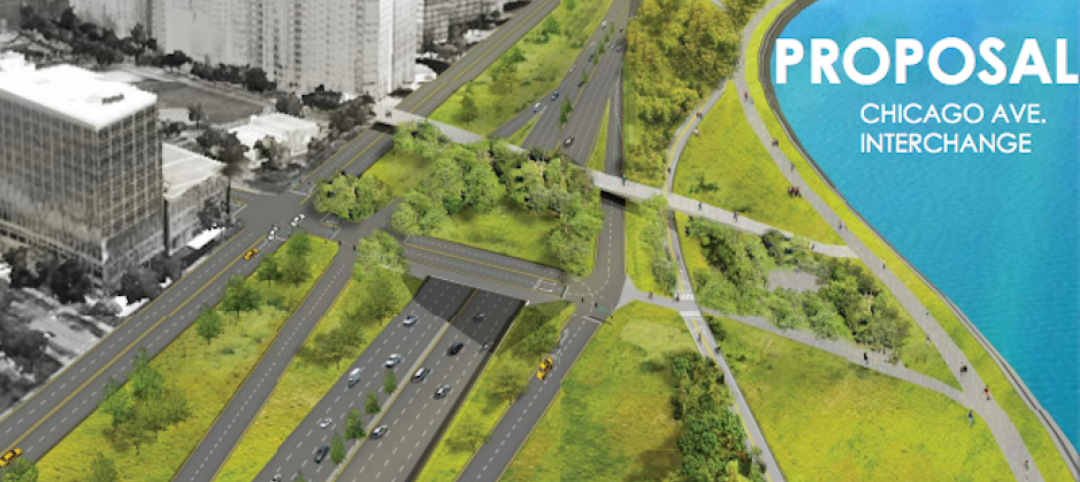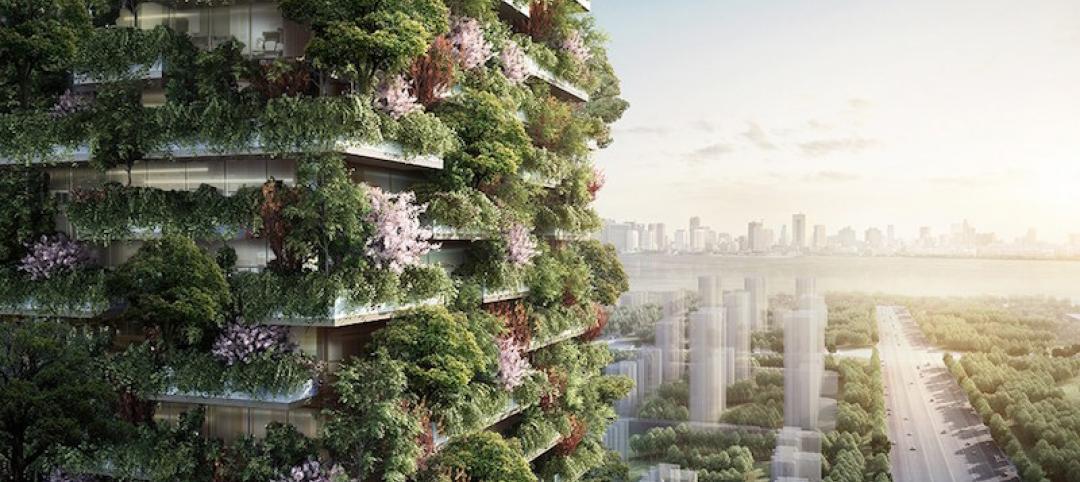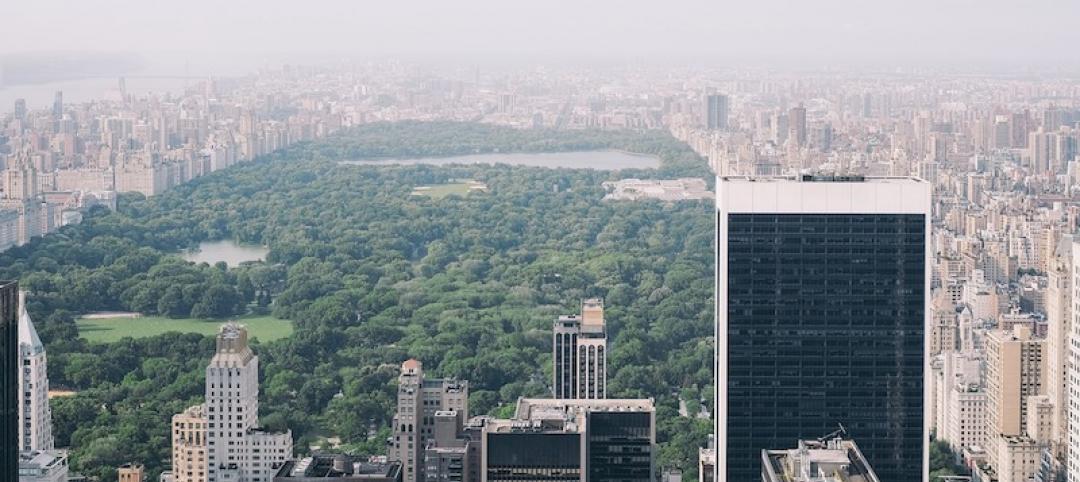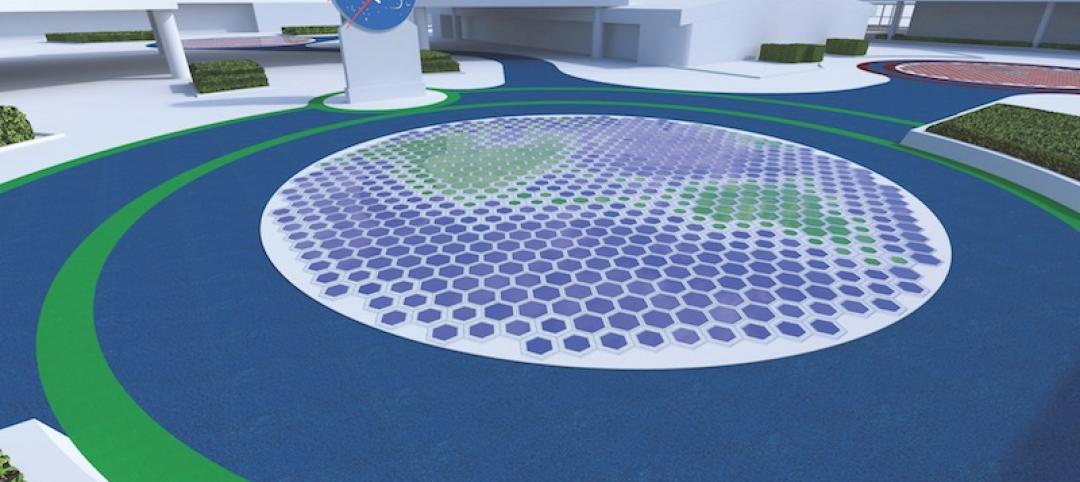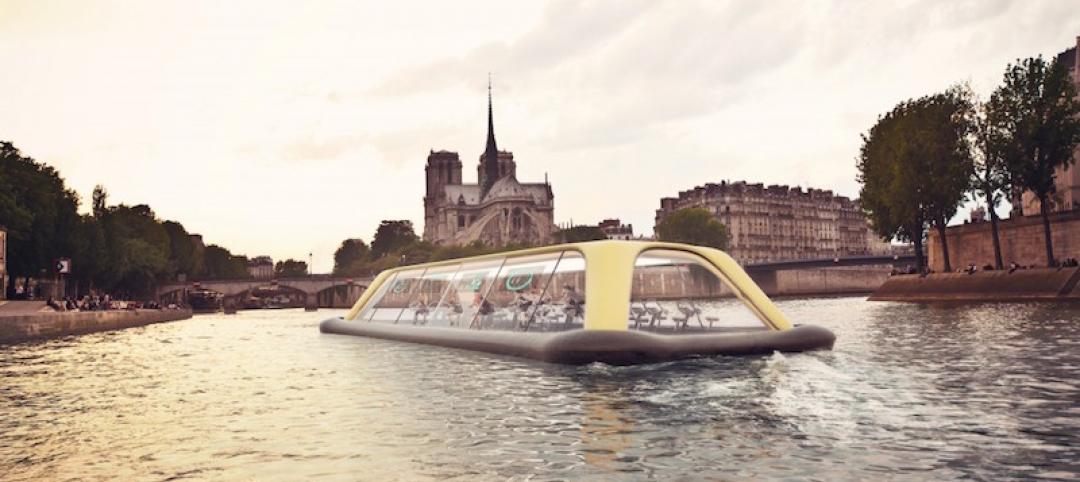The U.S. Green Building Council (USGBC) announced a new LEED pilot credit: Building Material Human Hazard & Exposure Assessment.
The credit aims to encourage building teams and manufacturers to assess human health-related exposure scenarios for products during installation and beyond.
“We have a focus on transparency and optimization so specifiers can know what they are using and can reward innovation,” said Scot Horst, chief product officer, USGBC. “But understanding how a material impacts human health requires a full understanding of hazard and exposure. The new pilot credit is a first step toward evaluating exposure by encouraging product inventories in order to prioritize decision making.”
The pilot credit is intended to reward manufacturers who perform hazard and exposure assessments designed to help minimize human health impacts during installation and use of their products. By requiring exposure to be considered during product development, make linkages can be made between the product’s ingredient inventory and hazard assessment required by the existing Materials Ingredients credit and performance testing required by LEED’s Low Emitting Materials credits.
Related Stories
Green | Feb 10, 2017
Radical proposal would transform Chicago’s Lake Shore Drive and create new lakefront park space
Over 70 new acres of public space would be created between Ohio Street and North Avenue.
Green | Feb 6, 2017
A to Z: Seoul’s elevated park features 24,000 alphabetized plants
The plants will represent 250 species found in South Korea.
Green | Feb 3, 2017
Nanjing Green Towers will be Asia’s first vertical forest
The project will be covered in 1,100 trees and 2,500 cascading plants and shrubs.
Sustainability | Jan 27, 2017
An office building proposed for Norway would generate more power than it uses
Over it’s 60-year lifespan, the power generated form the project would cover the energy cost of construction, production, and material transportation.
Sustainability | Jan 24, 2017
From an industrial park to an eco-neighborhood in Brussels, Belgium
At the heart of Vincent Callebaut Architectures’ eco-neighborhood will be three 100-meter-tall Vertical Forests.
Sustainability | Jan 19, 2017
How NYC is slashing 80% of greenhouse gas emissions by 2050
To help one of the most complex cities in the world develop an actionable strategy to meet visionary GHG reduction goals, we focused on strategies for deep carbon reductions for the city’s entire building stock, which constitutes 73% of citywide emissions, writes HDR's Jennifer Bienemann.
Game Changers | Jan 18, 2017
Turning friction into power
Research on piezoelectricity moves closer to practical applications for infrastructure and buildings.
Green | Jan 17, 2017
Everything you need to know to sound brilliant when talking about biophilia
We need nature in our everyday lives – which is why it’s so important to bring nature into the built environment.
Green | Dec 22, 2016
New tool makes it easier to share building energy efficiency information
The tool standardizes data collection from efficiency projects.
Sustainability | Dec 14, 2016
A floating, mobile gym powered by human energy envisioned for the Seine River
Energy created by those exercising within would power the gym down the Seine.


